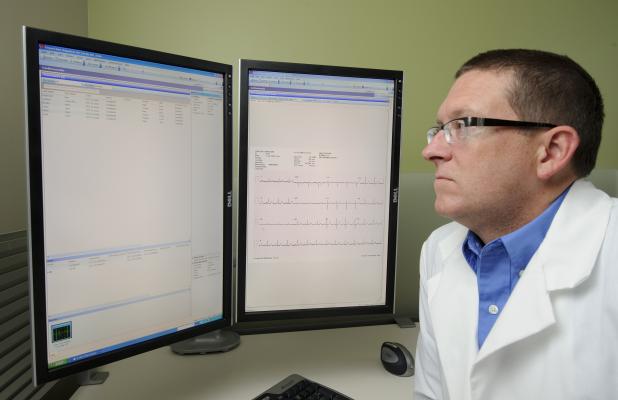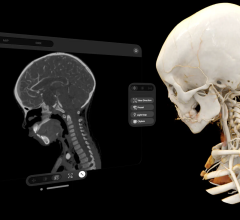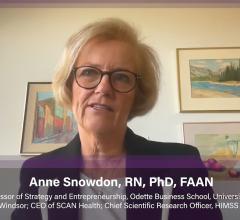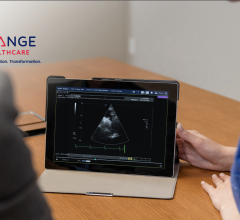
May 29, 2015 — The Healthcare Information and Management Systems Society (HIMSS) submitted comments to the Department of Health and Human Services on the Meaningful Use Stage 3 proposed rule and the 2015 Edition Health IT Certification Criteria. The two letters — sent to Acting Centers for Medicare and Medicaid Services (CMS) Administrator Andrew Slavitt and National Coordinator for Health IT Karen DeSalvo, M.D., respectively — strongly urge CMS and ONC to:
- Decrease the prescriptive nature of the EHR (electronic health record) Incentive program;
- Increase focus on the substantial capabilities established earlier in the program; and
- Reduce complexity in the 2015 Certification Criteria.
HIMSS voiced its continued support for the Meaningful Use Program as a tool to positively transform health and healthcare in the United States. Identifying meaningful use as a “critical tool for enabling healthcare transformation,” the response cites HIMSS Analytics data — collected annually on all non-federal U.S. hospitals, and more than 30,000 tethered U.S. ambulatory facilities — that “70 percent of hospitals have made a positive progression in the advancement of their EHR capabilities over the last five years, with over 60 percent of ambulatory facilities showing similar progress in the last three years.
“HIMSS is committed to a culture in which IT is fundamental to transforming healthcare; improving quality of care, enhancing the patient experience, containing cost, improving access to care and optimizing effectiveness of public payment.”
The full comments on HIMSS response to the CMS Meaningful Use Stage 3 include:
- HIMSS remains strongly committed to making the Electronic Health Record Incentive program less prescriptive and more focused on encouraging and assisting providers to take advantage of the substantial capabilities established in Meaningful Use Stages 1 and 2, including interoperability;
- HIMSS applauds a proposal in the Notice of Proposed Rulemaking (NPRM) for a single definition of Meaningful Use starting in calendar year 2018, no matter when a provider began to participate in the EHR Incentive Program;
- HIMSS supports the work being done by CMS to align the EHR Incentive Program with other CMS quality reporting programs that also use certified health IT. HIMSS believes such efforts will lessen the burden on providers;
- HIMSS is committed to ensuring patient safety remains paramount to the development, implementation and widespread use of health IT systems;
- HIMSS reiterates its long-standing assertion that 18 months is the minimum length of time needed between the final rules on Meaningful Use, certification and standards, and the start of any stage of Meaningful Use. An 18-month timeline allows stakeholders to help educate and prepare providers on the upcoming new stage. The current timeline for transitioning to Meaningful Use, Stage 3 in 2017 and 2018 does not include 18 months.
The full HIMSS comments on the 2015 Edition Health IT Certification Criteria include:
- ONC must address the overall complexity of the 2015 Edition Certification Rule by reducing the total number of criterion, as well as the standards and functionalities included;
- HIMSS acknowledges that ONC and CMS attempted to reduce the complexity of the requirements for the 2015 edition certification criteria and Meaningful Use Stage 3 in their respective NPRMs for this cycle. However, given all the new requirements included in this NPRM, HIMSS urges ONC to reconsider the requirements needed for the 2015 edition certification criteria and consider approaches to minimize and simplify the options presented;
- HIMSS remains cautiously supportive of ONC’s efforts to establish innovative certification and testing programs that utilize health IT. Certification in support of a Learning Health System must be specific, carefully planned, focused on the areas that have the greatest impact on interoperability and closely aligned with programmatic goals;
- ONC or another agency should establish the programmatic goals before commencing with any certification program associated with the effort. It is important that certification criteria be closely evaluated and aligned with the functionalities necessary to meet the goals of the program in question as the move continues beyond EHR-specific certification;
- HIMSS supports greater harmonization and alignment across the programs covered by certification; and
- HIMSS supports the idea of including the level of adoption and maturity among standards as an important consideration when evaluating inclusions for certification programs.
For more information: www.himss.org


 March 21, 2024
March 21, 2024 








